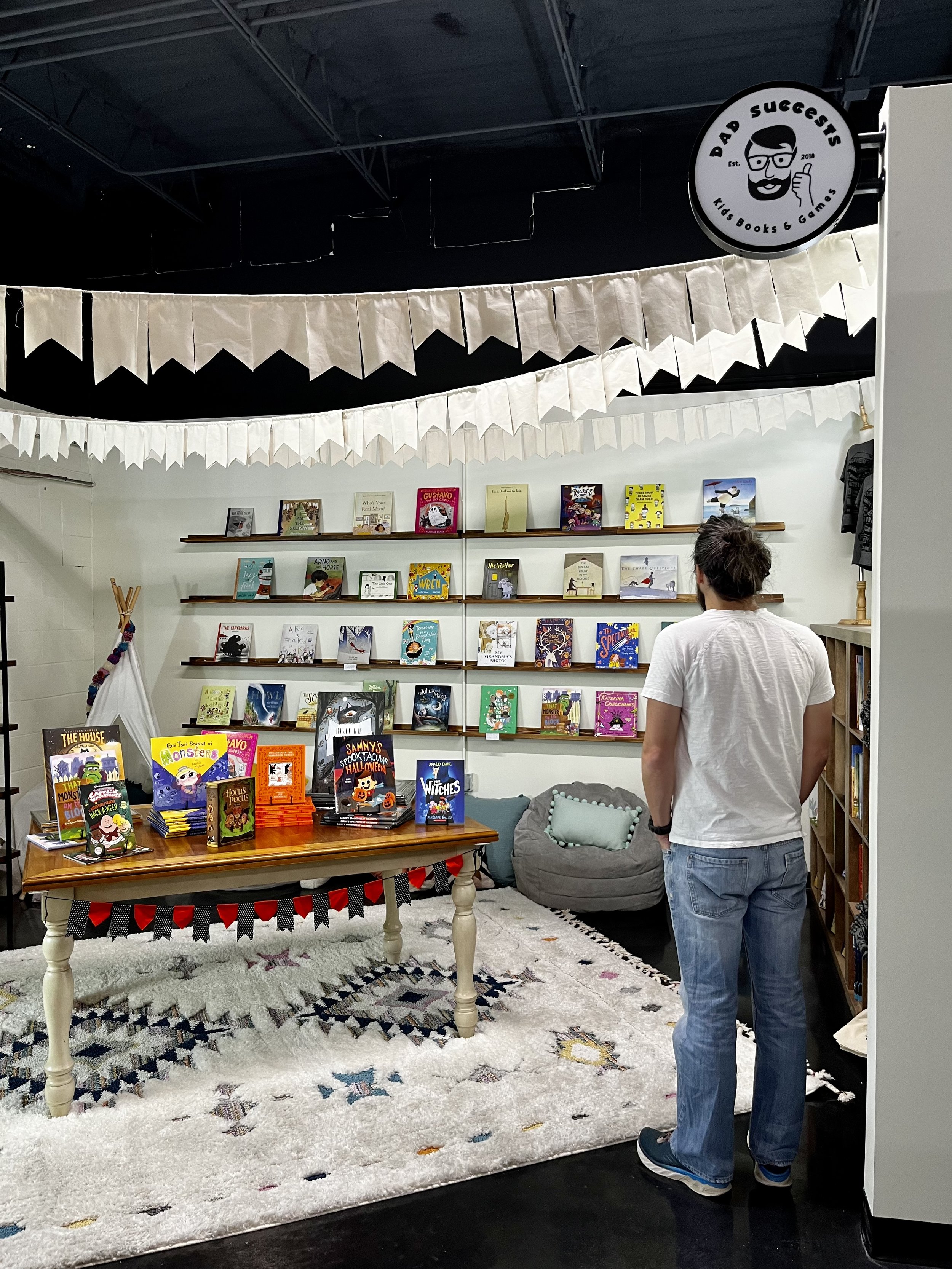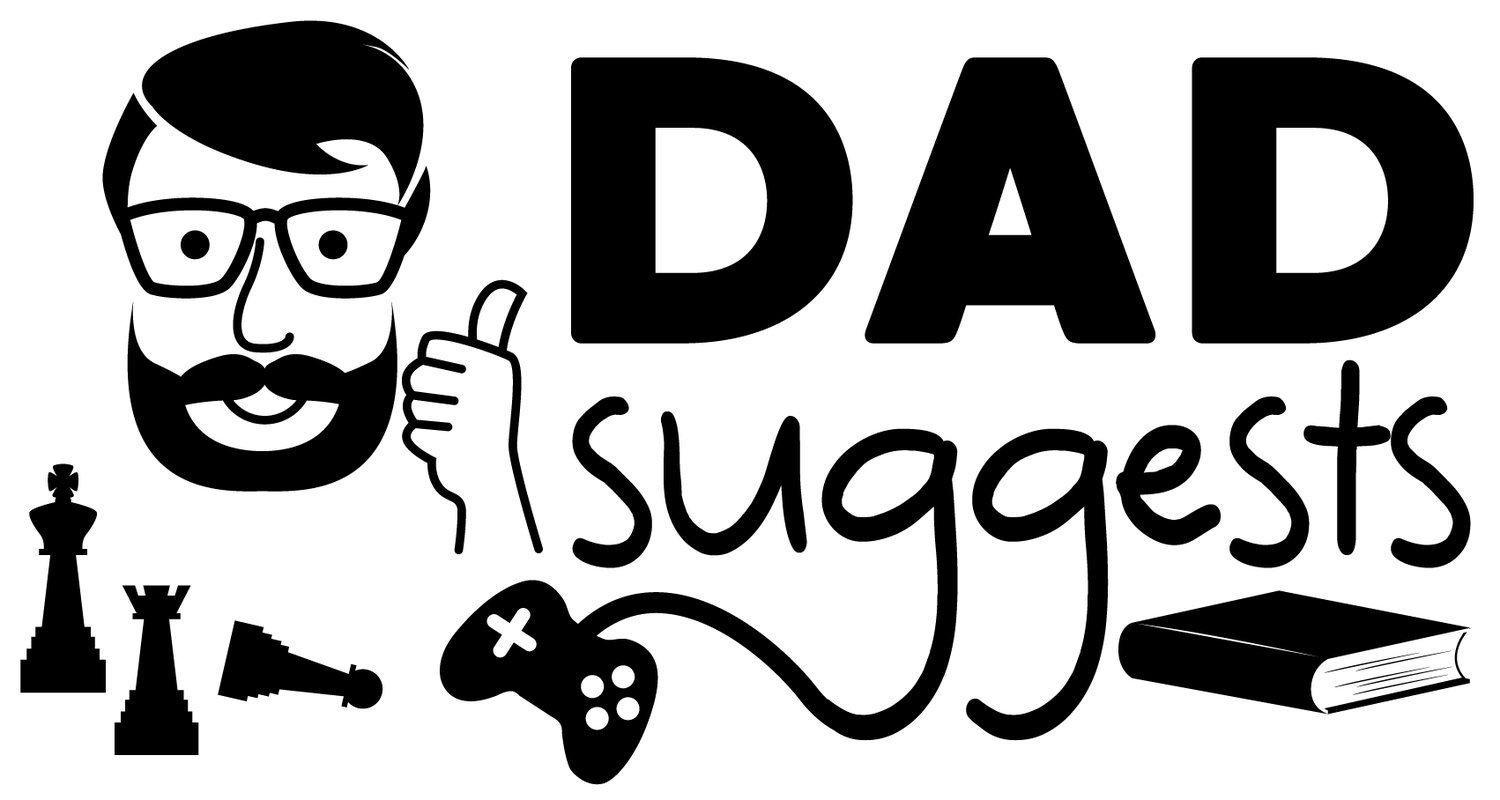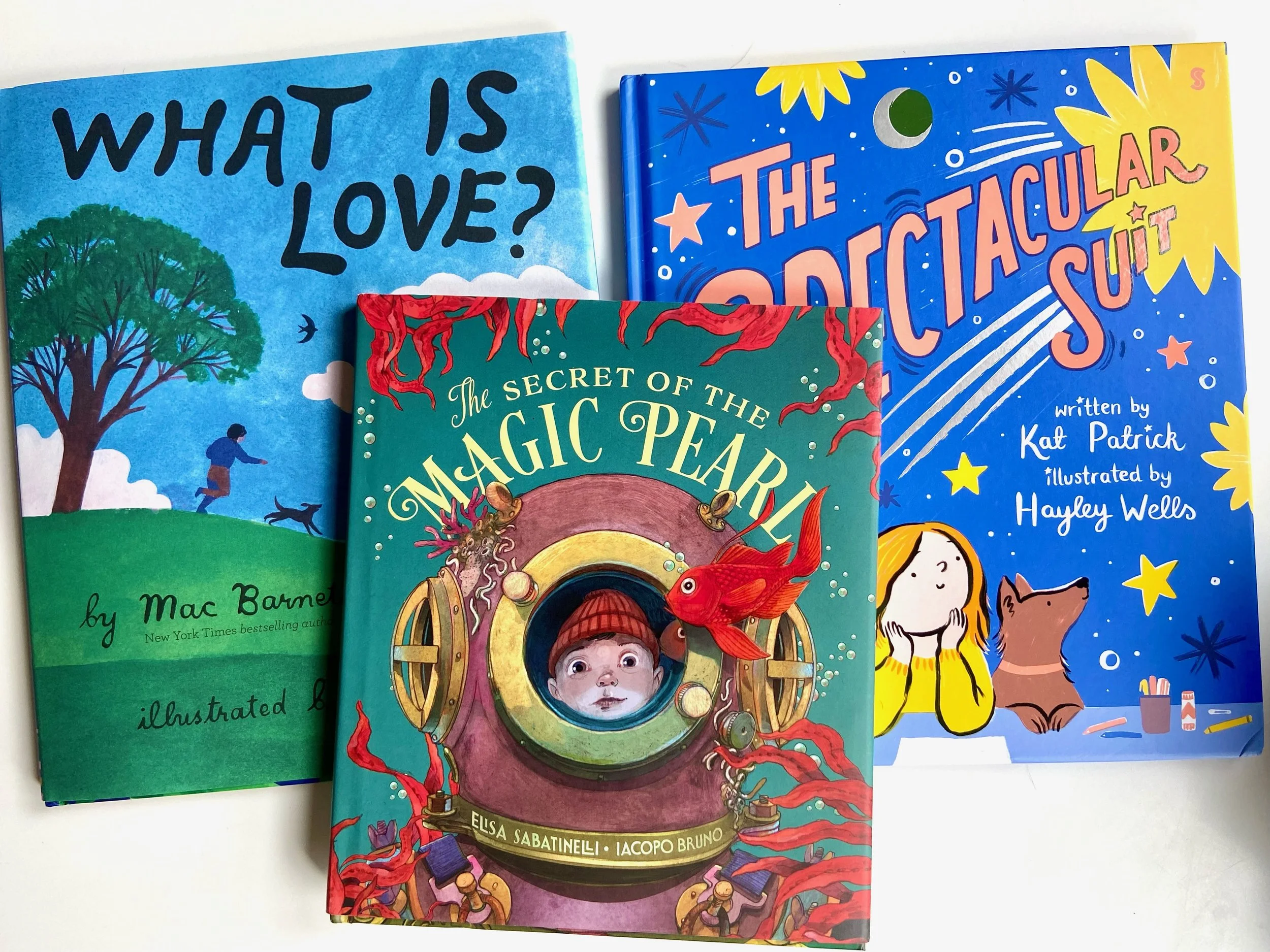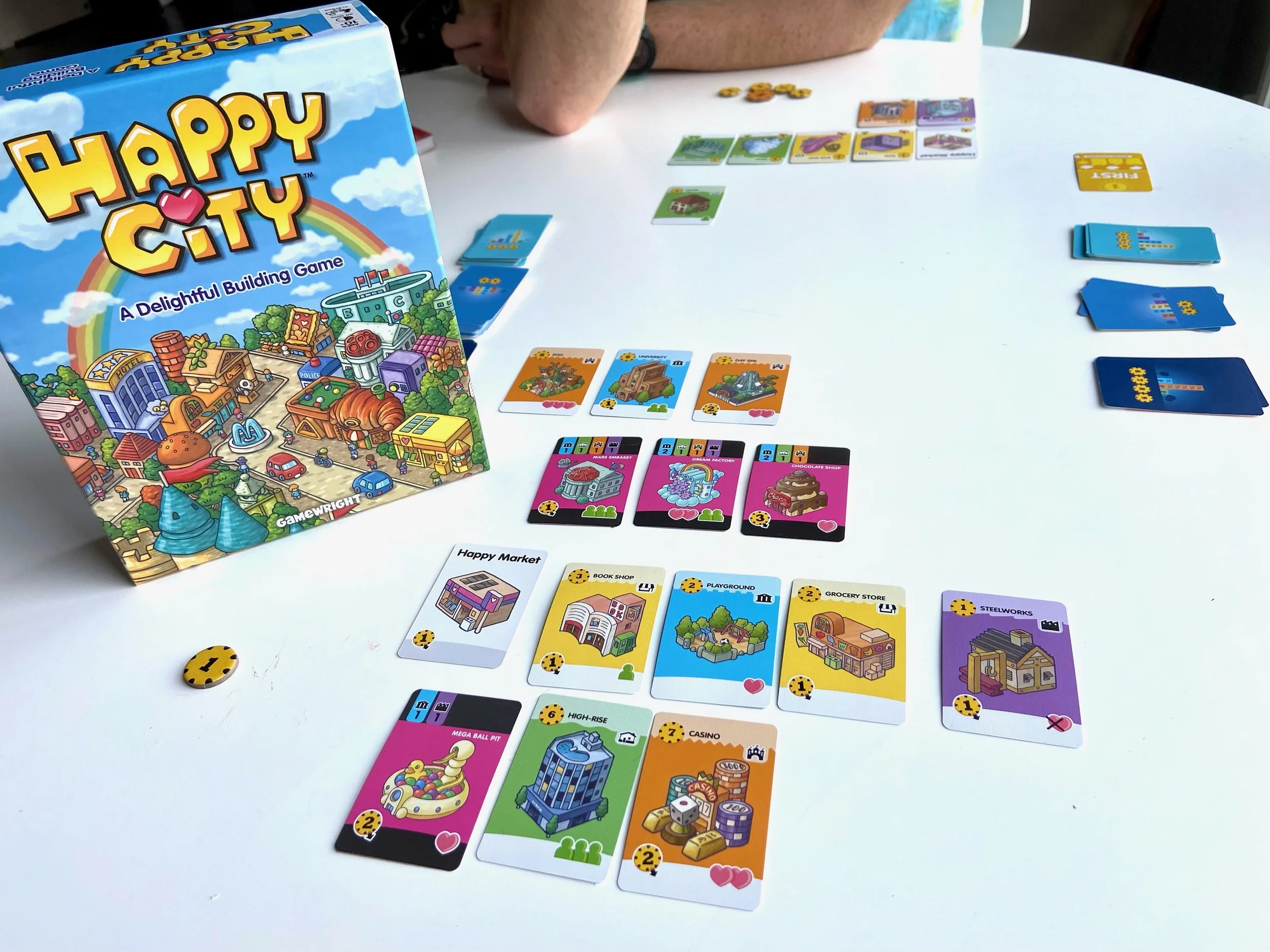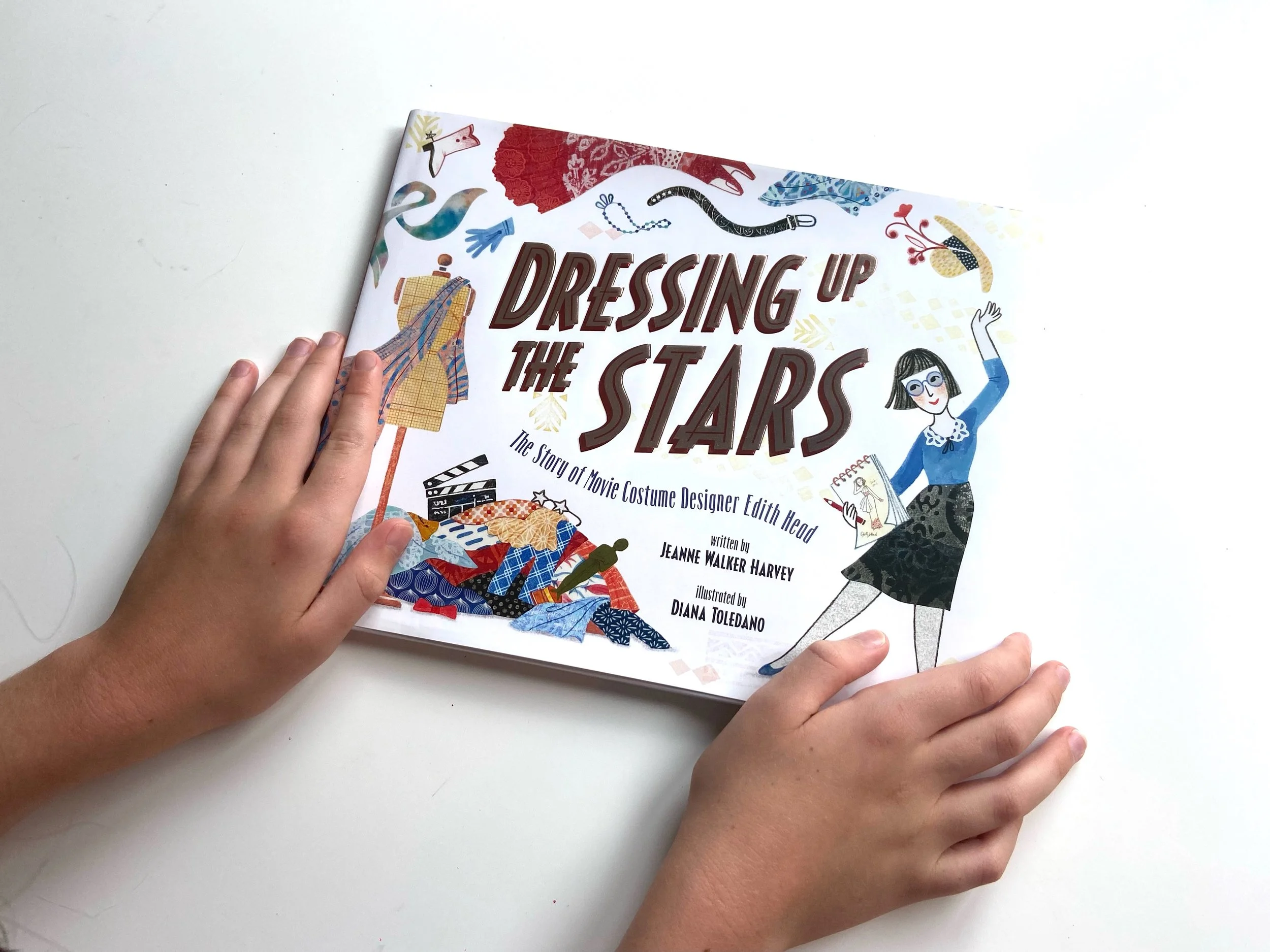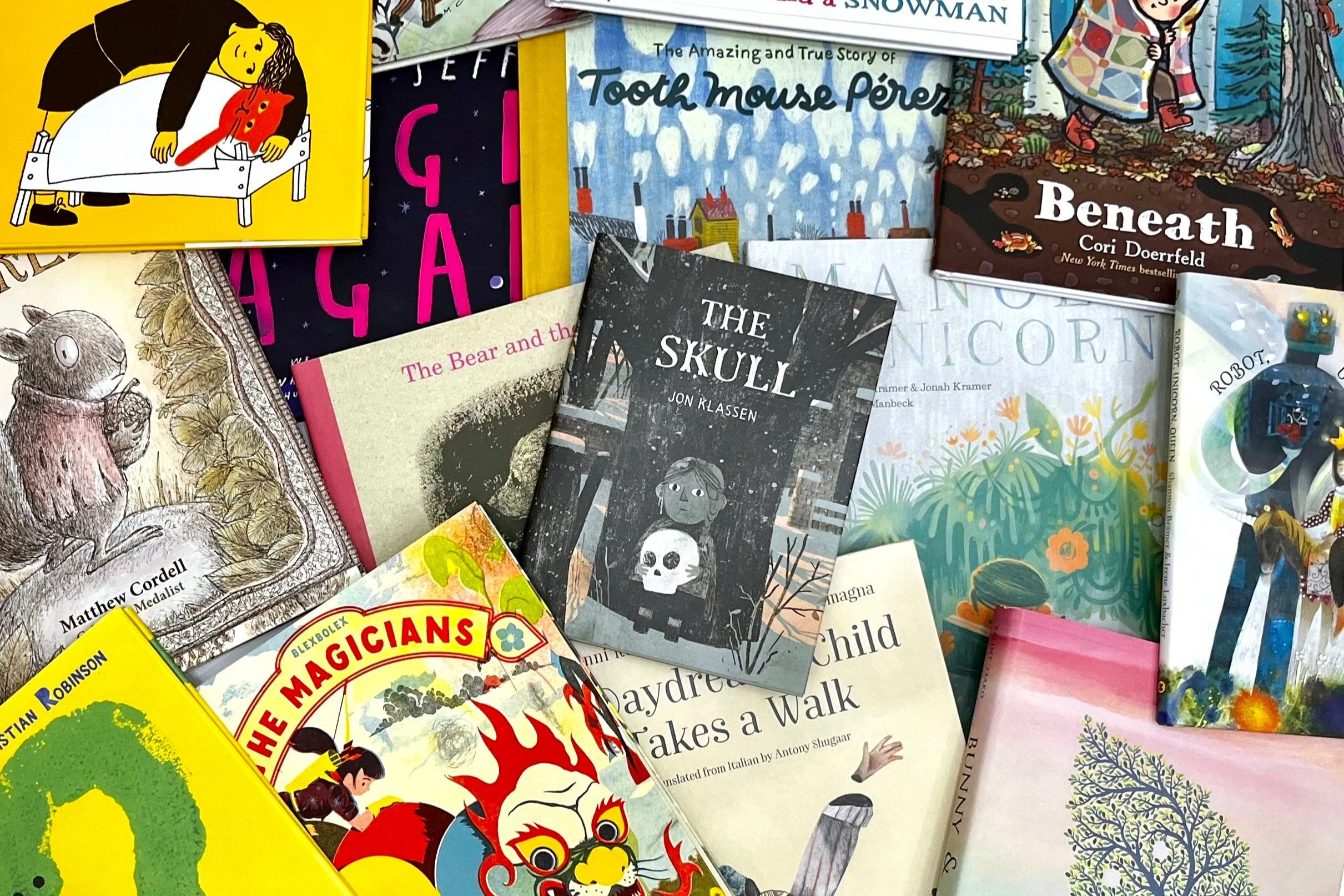Itzhak: A Boy Who Loved the Violin is a Beautiful Celebration of Music
Of all the shops that one could have visited once the lockdown restrictions were lifted here in England, my first choice was the bookstore Blackwell’s. My entire family had moved to the UK a few months before, and it was, quite literally, the first chance that I’d had to go out to visit shops in person!
And I couldn’t wait to go see what they had at this well-loved bookstore. I wandered around for a bit, but ultimately ended up in the kid’s section and spent well over an hour browsing, flipping through pages, seeing what new, exciting books were to be had. There are so many to choose from these days, but I was looking particularly for books related to music. Anything about composers, about what music sounds like, books about sounds or rhythms found in nature, those little button books where you get snippets of music – anything!
One book that caught my eye, however, was not about any of those things above, but about a violinist! It wasn’t just the vivid imagery and colorful rainbow hues used throughout the book either. It was one of the few books I picked up and read cover to cover – right there in the store. (Are you even allowed to do that?) But it was captivating!
And although I desperately wanted to buy the book right then and there, I walked out of the store empty handed. As much as I truly enjoyed the book, I wasn’t sure my preschool-aged daughter would enjoy it. Would she sit through all those pages of Itzhak’s story? Typically, biographies can be a bit dry, even those that are created for young children.
But the book stuck with me. And I did eventually return and buy the book. I couldn’t wait to read it to my daughter. Those few months of waiting were perfect though – because now she really enjoys listening to stories (even ones that aren’t about unicorns!). I thought that she would really enjoy the intense colors swirling around the pages. And she always asks questions about why the character was sad or frustrated. Or even why a specific thing happened in the book.
Itzhak Perlman: A Boy Who Loved the Violin tells us about the challenges and excitement of little Itzhak’s childhood. We follow him as a young baby, listening to (and being influenced by) the various styles of music coming from his parent’s radio and following him all the way through to his performance on the Ed Sullivan Show. We see the obstacles he’s overcome to be the world-famous violinist he is today.
This led to all sorts of questions from my daughter, like “What is a chant?” or “Why was he in the hospital?” and even “Why does he look so happy while he’s playing?” These kinds of questions are amazing to hear! And I truly enjoy explaining these little details or playing little pieces of music to let her hear a new genre of music. She can decide whether she likes it, but just the exposure is incredible.
As a string player myself, I knew of the violinist and could certainly understand his frustrations with learning the instrument. And, because music has played such a large part of my life, I want to share that love of music with my children. So, naturally, this book was an excellent addition to our collection.
Now, the music lover in me absolutely loves the fact that your child is introduced to numerous musical terms, like pizzicato and vibrato, as well as other violinists. I mean, how often do books illustrate these kinds of terms? But this wasn’t the main reason I enjoyed this book - it’s the fact that young Itzhak was frustrated the first time he tried to play the violin himself!
“But he quickly recognized that his violin didn’t sound like those the master violinists played. … Disappointed, Itzhak ‘gave it a whack and threw it under his bed.’”
This was met with the question “Why did he throw it on the floor?” It’s such a simple question but one that is quite important for young children. The answer helps us realize that all musicians and performers must start somewhere. They’ve probably all wanted to give it up at some point, but it’s their continued practice and perseverance that has helped them get to where they are now.
So often, we see and hear these amazing musicians, and the greats make those performances look incredibly easy. We often don’t fully understand the time, effort, dedication, and relentless practice that goes into those performances. And little children are no different. Perhaps the single difference is that young children will keep trying, despite everything. Just think of the many tumbles a child will take while learning to walk.
Especially with music, it is important to know that some things require dedication and hard work. It may come easier for others, but that certainly doesn’t mean they shouldn’t keep trying. So, all that formed a short answer to my daughter’s question. Young Itzhak wanted it to immediately sound amazing, but he had to learn to play an instrument first – just like those musicians he listened to did.
What is important is that despite not enjoying his first attempt on the violin, Itzhak continued to learn. Despite not having a particularly wonderful teacher, he continued to learn. Despite never hearing an answer from the Philharmonica where he asked for an audition, he continued to learn. And, despite not being physically able to do many things that children his age could do, he continued to learn.
This message is so unquestionably valuable and critical for young children – to not give up something they truly enjoy because of obstacles. And I think this book illustrates that point so clearly - without the moralistic tone.
Much like Khalida and The Most Beautiful Song described here on Dad Suggests, this book about Itzhak encourages young ones to follow the melody within themselves. Striving to overcome obstacles that might be in the way. Finding a way to inspire their own path forward. There are some great parallels between the protagonists in these two picture books, each told with their own beauty.
While each character had their own setback, this book highlights the struggle young Itzhak had with polio at the age of four. Again, despite this obstacle, he continued to keep going with his recovery so he could resume playing his violin.
“Other four-year-olds might have given up.
They might have said no.
They might have stopped trying.
But a steady melody played inside Itzhak,
Encouraging, energizing, empowering him.”
And the beautiful details of the artwork by Abigail Halpin are worth mentioning as well. A trained violinist who, much like Perlman, temporarily gave up the violin because of the hard work, has included some lively musical excerpts in the illustrations. The keen eye might recognize Bach’s Double Violin Concerto and Mendehlsson’s Violin Concerto – both pieces Perlman has played himself. It’s always amazing to see actual musical excerpts in books that deal with music, almost like an Easter egg hidden within the book.
Books can be a wonderful way to introduce children to music. They don’t have to be books that directly talk about composers or musicians either. Just think about all the books that are chocked full of rhythmic patterns. Or picture books that are full of sound words, rhymes, and song lyrics. And for that reason, our house is packed with all kinds of books. Reading will always be one of my favorite go-to musical activities that I can share with my own children.
But books like this one about Itzhak Perlman are great reminders that there are so many amazing musicians out there with great stories, too. And they will always have a spot on our bookshelves. The content shouldn’t be limited to the most famous composers we’ve heard about, but should include the performers, conductors, and musicians, too.
Make sure to read more musical parenting advice from Liz on Modern Musical Parenting! Have you read Itzhak before? Do you have a favorite music-themed picture book? Let us know in the comments!
